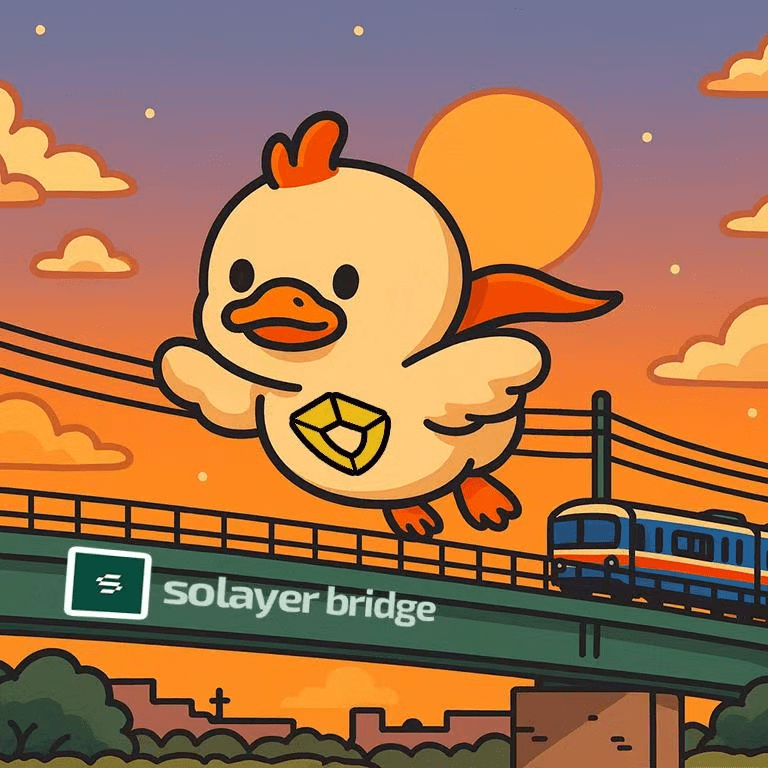At the anime expo in Akihabara, Tokyo, I frowned at the failed NFT preview loading on my phone—I wanted to transfer a limited edition digital poster to a friend, but the Solana chain suddenly 'jammed' due to traffic overload, and the transaction hash lay motionless in the browser like a dead fish. The vendor at the adjacent booth glanced at my screen and said, 'Why not try Solayer? I transferred 30 cards yesterday without losing connection once.' With a mindset of trying anything, I switched networks, and the moment I entered the address, the transaction felt like it was fast-forwarded; three seconds later, my friend sent a message saying 'Received, super clear,' and even the details of the character's hair in the poster were not blurred.
Initially, I thought Solayer was just an ordinary Layer2, until I studied its 'dynamic sharding' technology and realized it was not simple. Previously, when trading on Solana, all users crowded onto a single main chain, like the rush hour on the Yamanote Line, where a small glitch could paralyze the entire network; but Solayer acts like a clever dispatcher, automatically distributing transactions by type to different 'sub-chains'—NFT transfers go on one, DeFi transactions go on another, and even contract calls have dedicated channels, with real-time data synchronization between sub-chains using cross-chain bridges, preserving Solana's speed advantage while solving the old problem of 'shared misfortune.' It's like the analogy from a tech forum expert: 'Solana is an ultra-wide expressway, and Solayer adds smart navigation and separates fast and slow lanes.'
What made me completely move my main assets over was its 'zero gas fee instant confirmation' mechanism. Last month, I participated in an NFT blind box sale in the Solana ecosystem, where the traditional method required watching the gas fees to four decimal places to seize the opportunity; a slight delay could result in missing out. But on Solayer, I authorized my wallet balance to the smart contract in advance, and when the sale started, the system automatically completed the deduction and minting without charging a single fee, with the confirmation pop-up feeling almost like an illusion. I later learned that it shifted the user's gas fee cost to node rewards, subsidizing computational expenses with Solayer tokens, equivalent to giving high-frequency traders a 'permanent fast pass.'
Now, in my digital collectibles library, more than half of the Solana-based NFTs carry the mark of 'Solayer Network.' Last week, I helped a junior who just entered the space set up her wallet, and she was amazed at the record of '12 transactions completed, average time 1.8 seconds': 'So Solana can be this stable?' Watching her successfully receive the newly released digital badge, I suddenly realized the best part of Solayer is not those convoluted technical terms, but that it finally allows ordinary users to enjoy the speed of blockchain with peace of mind, no longer having to worry about 'chain congestion' or 'lost orders.'
When leaving the anime expo in Akihabara, the twilight had already enveloped the neon signs. The block explorer in my phone showed that over 500,000 transactions had been completed today through Solayer, with a zero failure rate glowing in the night. This is probably what Layer2 should look like: not overshadowing the main chain, but silently filling in its shortcomings, allowing everyone who wants to embrace blockchain to move smoothly and with peace of mind. $LAYER
$LAYER
